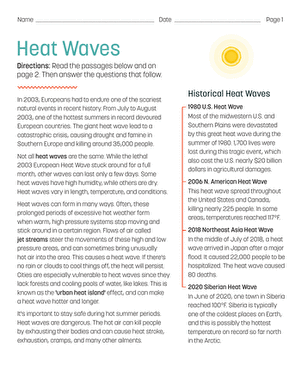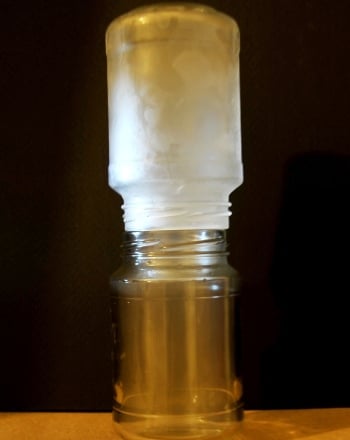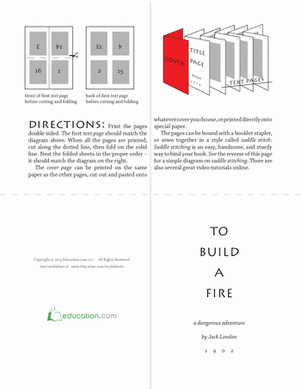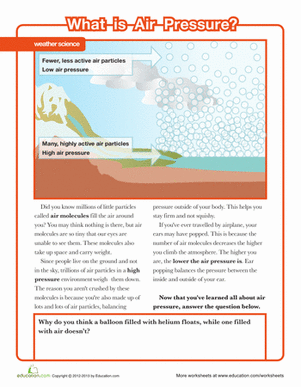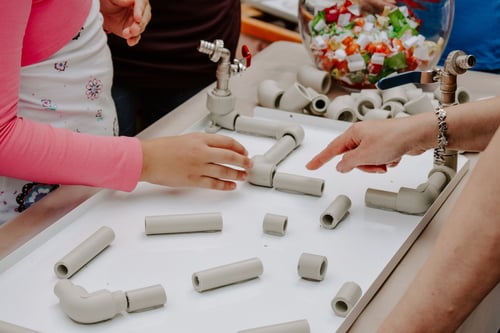Science project
Radio Waves, It's In The Air: Build A Basic Radio
Difficulty
Medium
Cost
$25 or less
Safety Issues
None, unless soldering is done.
Material Availability
Available in kit form, or as components, such as from Radio Shack
Approximate Time
Less than 1 hour
Objective
To demonstrate basic radio communications.
Materials
Note: Many moderately priced kits are available and come with all the necessary parts. These can be found online, at stores such as Radio Shack, hobby stores, and many other places. This is the recommended method for those with limited access to electronic components.
Also easily available online, from the library, etc. are dozens of circuit designs. Most are very similar and will give a specific parts list for that design. If the student chooses to make the receiver without a kit, additional research will be needed to buy or build the components for that particular circuit.
If built from components, the connections can be made by twisting bared wire together, or made more secure with solder. Actual connectors, solderless or soldered, may also be used.
In general, a crystal radio consists of:
- Coil of wire (a cardboard tube and fine gauge wire can be used)
- Capacitor, sometimes variable (tunable)
- Diode
- Extra wire to make connections
- Length of wire for the antenna (the longer, the better)
- Earphone
Introduction
The basic radio circuit consists of a tuned circuit, in which a coil and a capacitor resonate at a particular frequency. A diode acts as a rectifier to change the AC current of the radio wave to the DC current used by the earphone.
Illustration
Dozens of possible crystal radio circuits are easily available. The student will select one of these and use that circuit diagram, plus the assembled radio, for illustration. If the recommended method of using a kit is chosen, the kit will almost certainly come with its own circuit diagram. Note that with so many different kits and possible circuits, the student may wish to build more than one crystal radio and compare them.
Optional drawings could include those of radio wave propagation, frequency vs. wavelength, antenna construction, etc.

Research Questions
- What is a radio wave?
- How are frequency and wavelength related?
- What is a tuned circuit?
- What is the function of a diode in a simple crystal radio circuit?
- Why is “grounding” so important for a crystal radio?
Terms
- frequency: the number of cycles per second
- wavelength: the distance the wave travels from one peak to the next peak
- inductor: usually, a coil of wire
- capacitor: an electronic device that can store an electric charge, and can also pass an AC signal while blocking a DC signal
- detector: a diode rectifier
Concepts
The electromagnetic spectrum is measured in frequency (cycles per second, or hertz) and in wavelength. The higher the frequency, the shorter the wavelength. “Bands” of frequencies have different characteristics.
Questions to Start Background Research
- What is electromagnetic propagation?
- What is AM, and what is FM?
- How does a tuned circuit work?
- How does an antenna work?
Experimental Procedure
- Gather the materials (depending on the design used)
- Build each of the components (if necessary)
- Assemble the components
Bibliography
Education.com provides the Science Fair Project Ideas for informational purposes only. Education.com does not make any guarantee or representation regarding the Science Fair Project Ideas and is not responsible or liable for any loss or damage, directly or indirectly, caused by your use of such information. By accessing the Science Fair Project Ideas, you waive and renounce any claims against Education.com that arise thereof. In addition, your access to Education.com's website and Science Fair Project Ideas is covered by Education.com's Privacy Policy and site Terms of Use, which include limitations on Education.com's liability.
Warning is hereby given that not all Project Ideas are appropriate for all individuals or in all circumstances. Implementation of any Science Project Idea should be undertaken only in appropriate settings and with appropriate parental or other supervision. Reading and following the safety precautions of all materials used in a project is the sole responsibility of each individual. For further information, consult your state's handbook of Science Safety.

